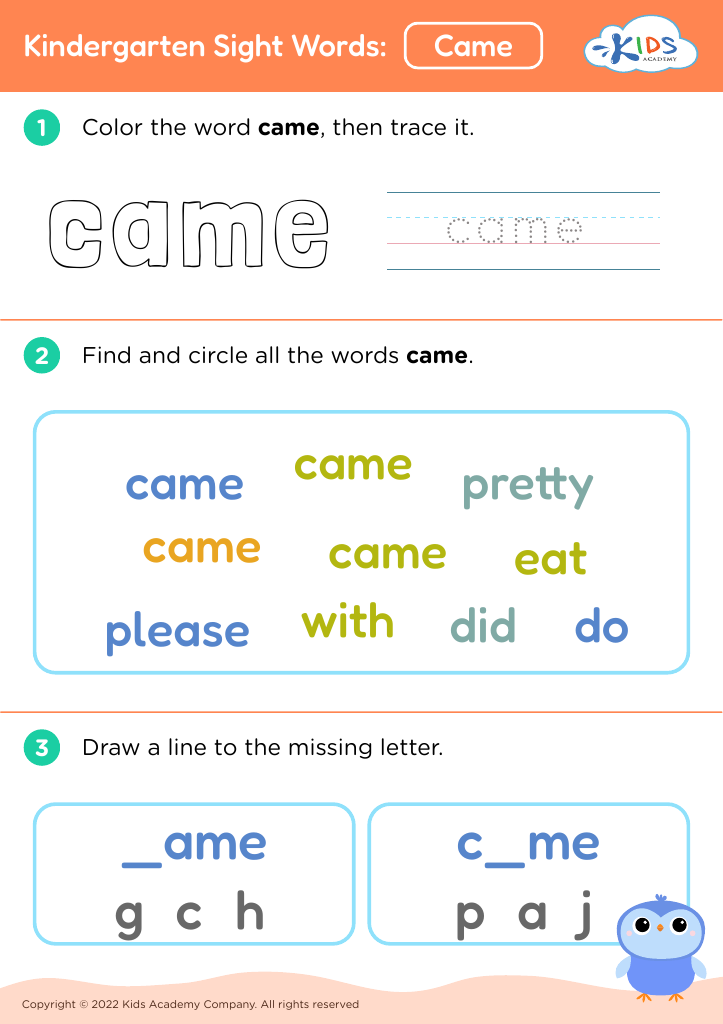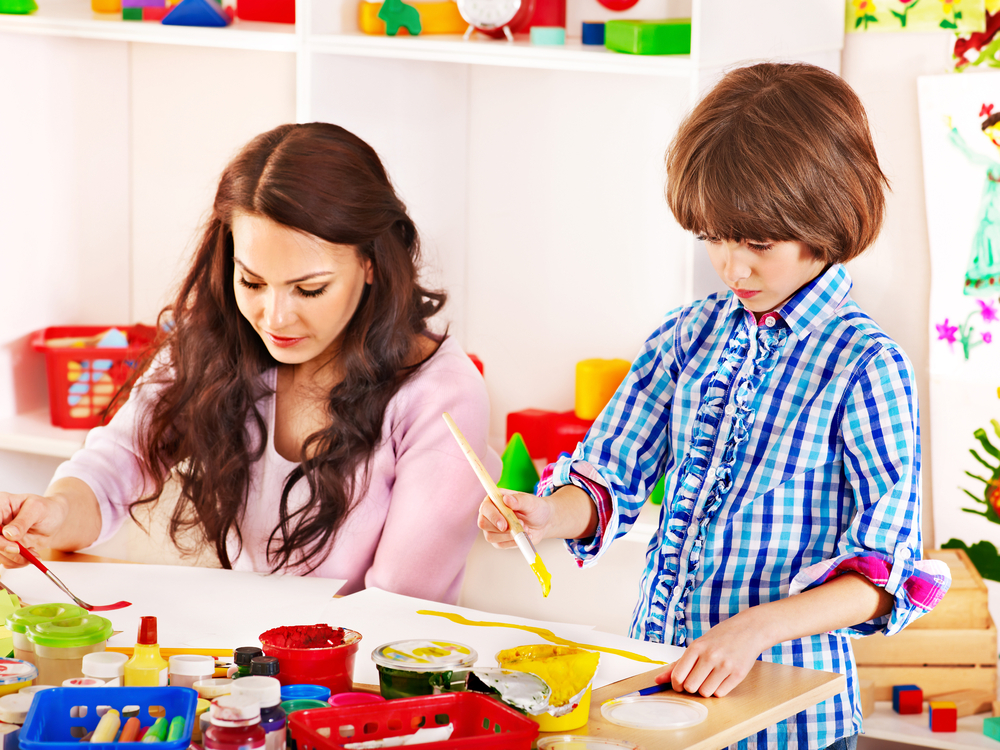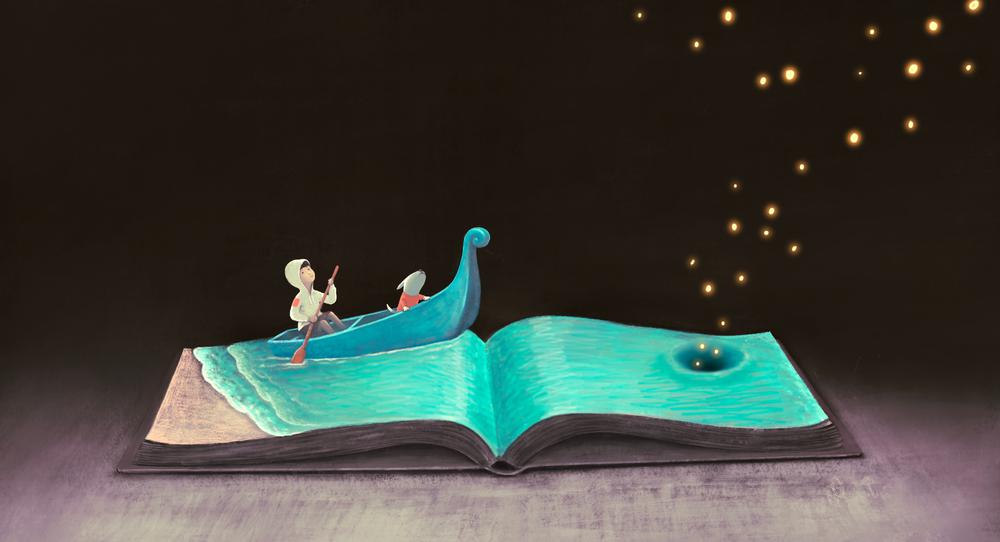Visual interpretation Reading Worksheets for Ages 4-7
6 filtered results
-
From - To
Unlock your child's reading potential with our engaging Visual Interpretation Reading Worksheets designed for ages 4-7! These worksheets foster critical thinking and comprehension skills by encouraging young learners to analyze and interpret illustrations alongside text. Each activity is crafted to capture your child's imagination, making reading a fun and interactive experience. With vibrant visuals and age-appropriate tasks, kids will enhance their ability to make connections between images and narratives, boosting their overall understanding of stories. Ideal for home or classroom use, our worksheets provide a creative approach to literacy, helping children develop confidence and a lifelong love for reading. Perfect for budding readers!
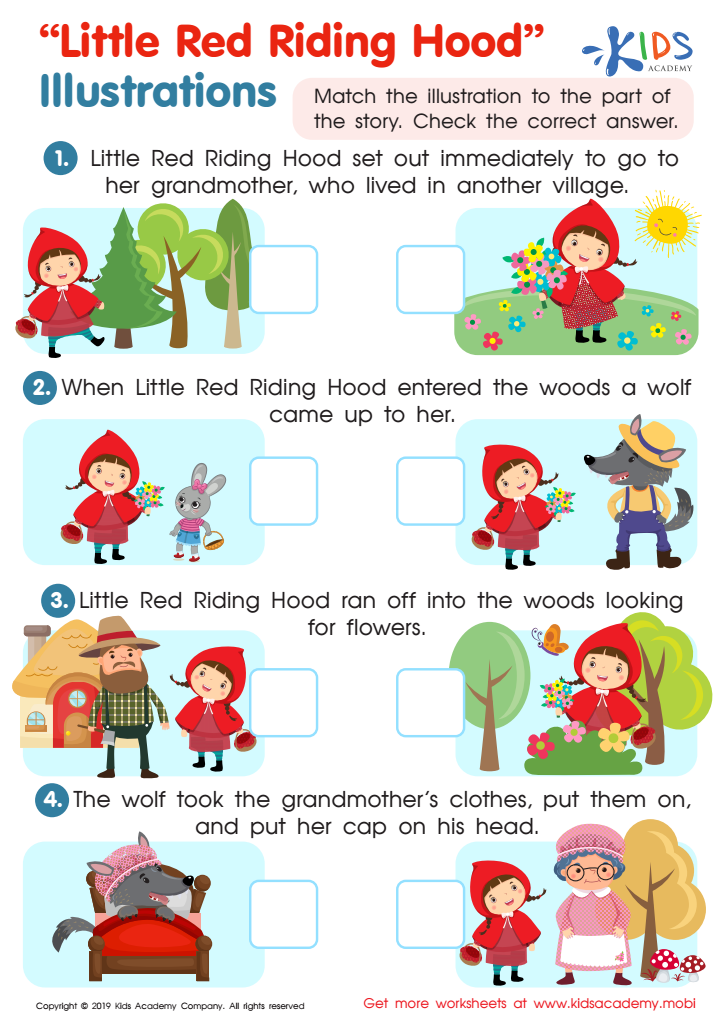

Little Red Riding Hood: Illustrations Worksheet
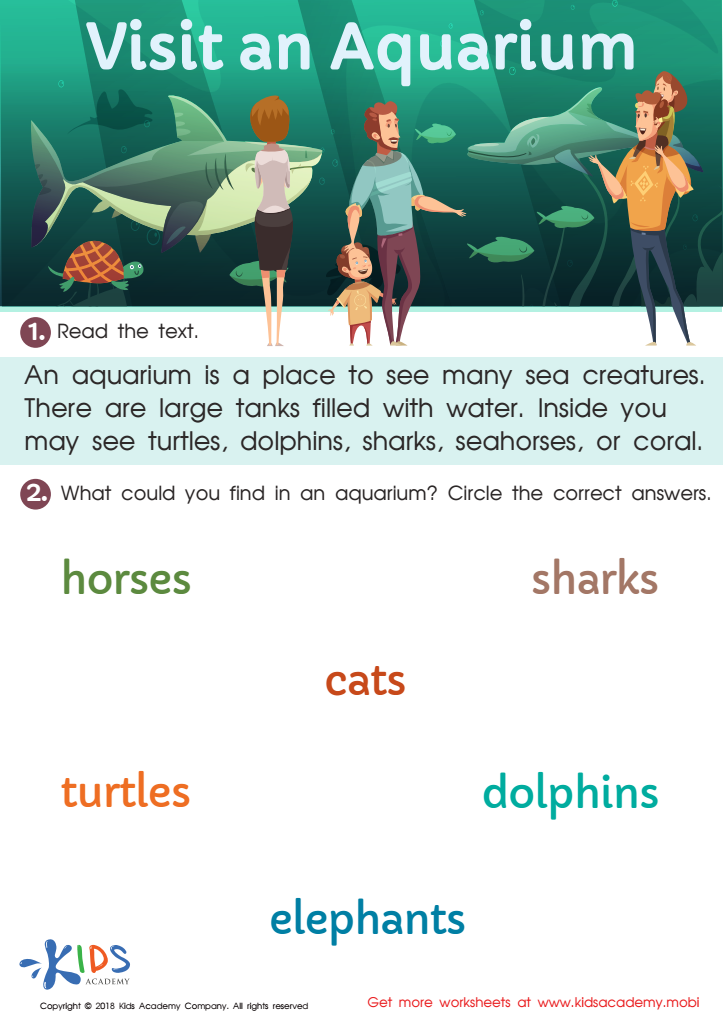

Visit an Aquarium Worksheet
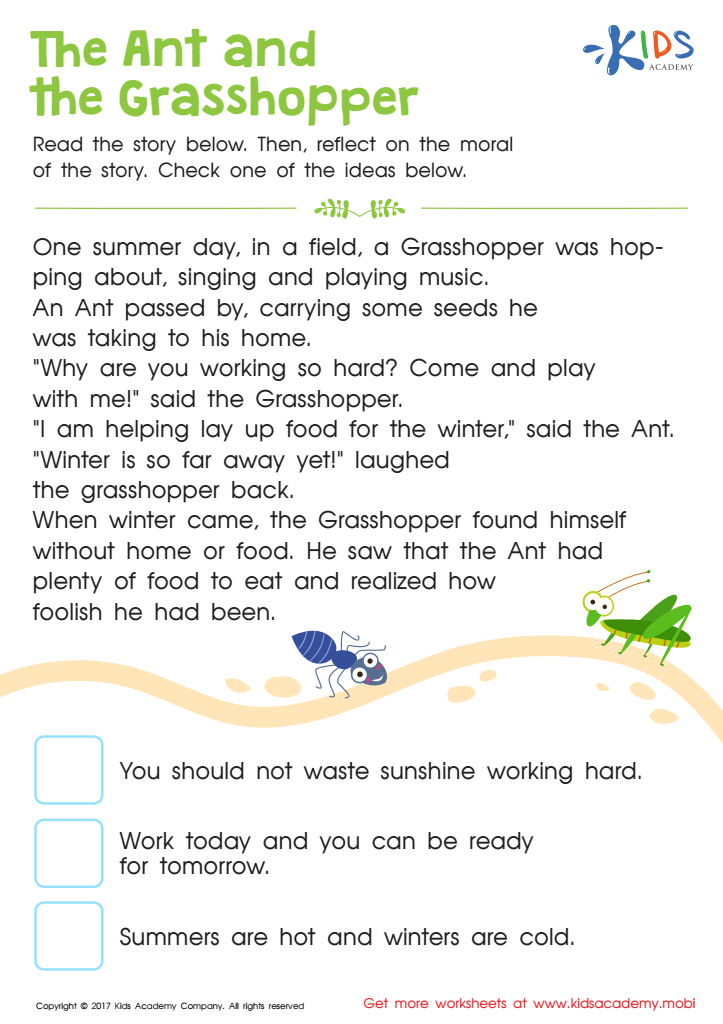

The Ant and The Grasshopper Printable
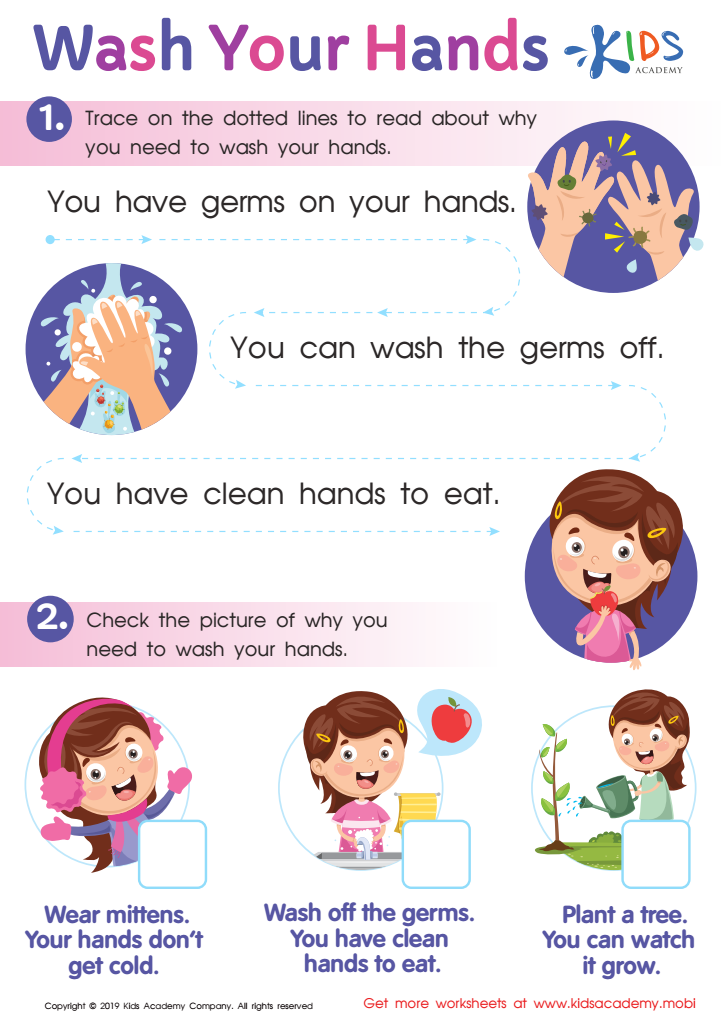

Wash Your Hands Worksheet
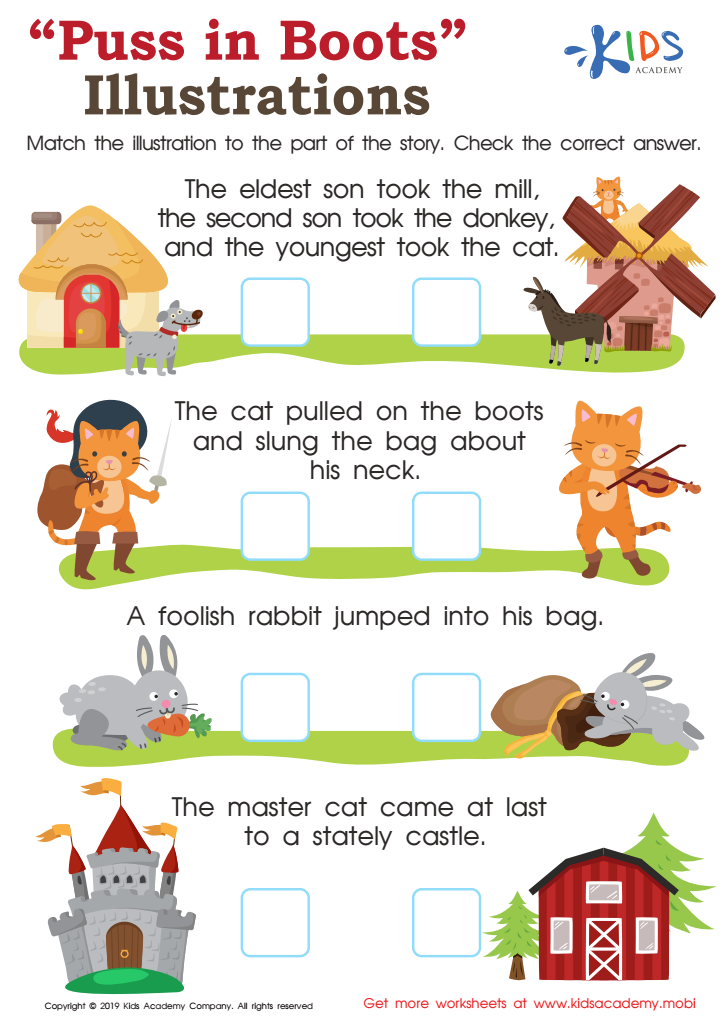

Puss in Boots Illustrations Worksheet
Visual interpretation reading is crucial for children aged 4-7 as it significantly enhances their cognitive development and literacy skills. During these formative years, children actively engage with pictures and visuals, which are powerful tools for understanding and making meaning of texts. When parents and teachers prioritize visual interpretation, they help young learners enhance their comprehension skills, prompting them to analyze and connect images with the narrative content.
Visuals support vocabulary acquisition by providing context clues and encouraging discussions about the imagery, fostering richer language use. Moreover, engaging with visual interpretation nurtures critical thinking skills; children learn to infer, predict, and draw conclusions based on what they see alongside the words.
Additionally, visual interpretation fosters creativity, as children are encouraged to interpret stories through their own perspectives, stimulating their imaginations. It also supports diverse learning styles, such as visual or kinesthetic learners, making literacy more accessible and engaging for all.
By incorporating visual elements into reading, parents and teachers create a more holistic learning experience that lays a strong foundation for lifelong literacy and learning. Encouraging this practice cultivates a love for reading while equipping young children with essential interpretation skills crucial for their academic journey.
 Assign to My Students
Assign to My Students

